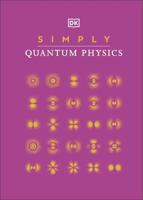Publisher's Synopsis
This volume is the study of the physical, thermal and structural properties of disordered solids such as glasses. These solids are usually referred to as amorphous or vitreous materials. The properties of these disordered solids are very different from similar ordered solids and the study of their properties has been limited by the lack of a suitable model. The Debye model neglects the effect of frequency on phase velocity by assuming a constant phase velocity in spite of quite different velocities of longitudinal and transverse acoustical waves and assumes a common cut-off frequency for them. Barber and Martin have developed a function for the lattice heat capacities of isotropic solids that permits estimates to be made of acoustic cut-off frequencies and corresponding wavelengths. The function, referred to as the Phonon Dispersion Model, is superior to the model of Debye. Meanwhile, transition from supercooled fluids to amorphous or vitreous solids continues to be one of the most difficult, yet fascinating, challenges of our time. Binder and Kob have provided a recent update focusing on the statistical mechanics of the glass transition and amorphous state of materials. This volume combines the Phonon Dispersion Model of Barber and the rigor of statistical mechanics to enhance the understanding of the physical, thermal and structural properties, as well as the nature of interactive forces in vitreous and disordered solids. The Phonon Dispersion Model has been successfully applied to the temperature-heat capacity data of primitive lattice metals, single and polycrystalline copper, diamond, vitreous and crystalline alkali di-, tri- and tetra-silicates, quartz and minerals.









